Canada is accelerating its push toward cleaner, greener urban spaces, which means certain vehicles may soon be off-limits in downtown centers. From city-wide ICE bans to ride-hailing fleets going electric-only, Canadian municipalities are crafting regulations that will dramatically reshape what cars, trucks, or SUVs can drive where. Here are 22 vehicles that will likely be banned from Canadian cities in the next few years:
Toyota Corolla (2024 gas-only model)

With Québec banning all new gas-powered vehicle sales, including hybrids, by 2035, models like the Toyota Corolla, which is gas-only for 2024, will no longer be sold. Starting in 2030, Montréal’s proposed zero-emission zones (ZEZs) may also block ICE vehicles, including older models like the Corolla, from entering downtown cores, even with existing registration. That means drivers of gas-only Corollas may eventually need to avoid key urban areas or retrofit, making one of Canada’s best-selling compact sedans obsolete in city centres.
Ford F‑150 (2025 gas/diesel models)
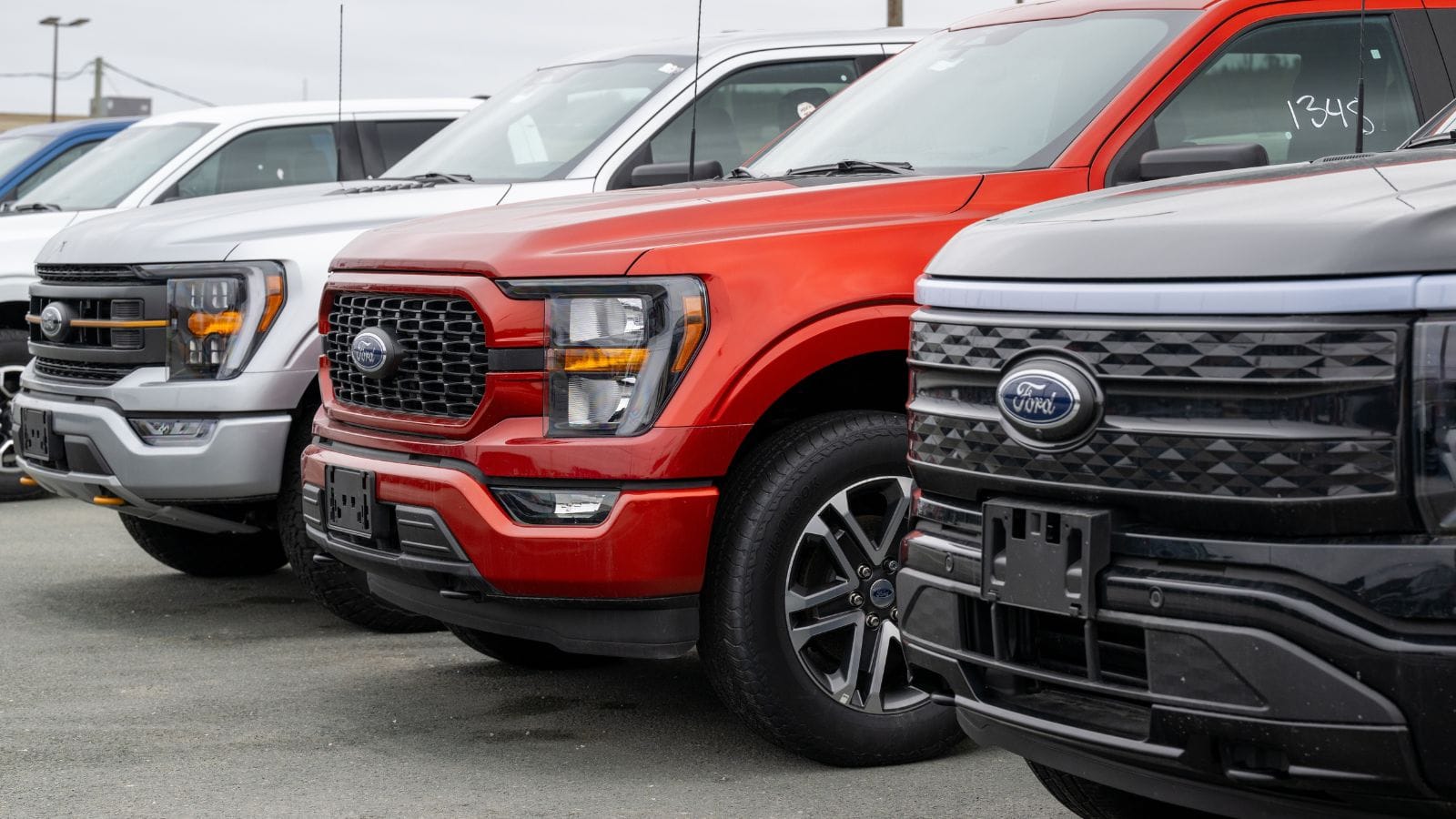
Canada’s federal EV mandate, requiring 100% zero-emission light-duty vehicle sales by 2035, eliminates new registrations for gas/diesel Ford F‑150s, including EcoBoost and diesel trims. Beyond sales, cities exploring low-emission zones may bar older F-150 pickup trucks in congested corridors. Given their high fuel consumption and emissions, these trucks may be disproportionately restricted or taxed to improve air quality in urban districts. For many Canadians accustomed to using F‑150s daily, especially in suburban delivery or trade settings, the transition will require switching to electric trucks or alternate routes.
Honda Civic (ICE taxi or ride-hail variants)

Toronto’s city council voted to require zero-emission vehicles for‑hire by 2031, meaning ICE versions of Honda Civic taxis or Uber cars will no longer be eligible for ride-hail service after that deadline. Even private owners of ICE Civics may find entry into restricted zones limited, particularly as cities align zoning with emissions-performance standards. Gas Civics, long a reliable and affordable commuter option, may lose mobility in dense urban areas unless they are retired or replaced with electric or plug-in models.
Chevrolet Equinox (gasoline-only trim)

Québec’s regulation is stricter than the federal standard, as it bans the sale of plug-in hybrids as well as standard ICE vehicles by 2035. This makes the gas-powered Chevrolet Equinox, available with either a 1.5L turbo or 2.0L engine trim, ineligible for sale after the deadline. Cities implementing low-emission zones could also restrict these Equinox models from downtown areas. Even adult drivers in midsize SUVs may find that only fully electric variants retain legal access and free movement in many urban jurisdictions.
Dodge Charger R/T Hemi (2024 model)
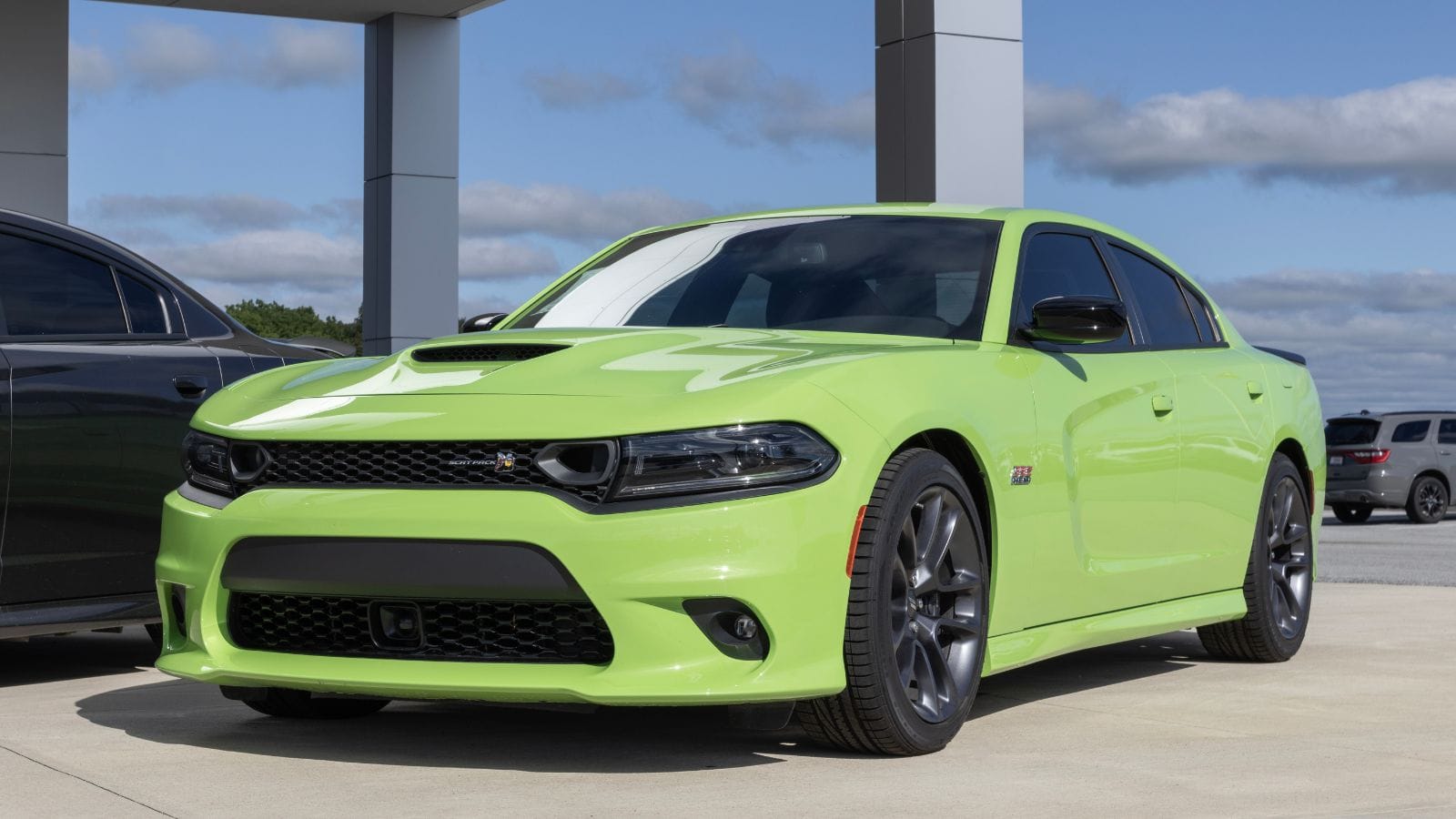
The powerful Dodge Charger R/T, equipped with its Hemi V8 engine, exceeds urban emission target limits. In Toronto, Montréal, and Vancouver, low-emission zones, which may be introduced in the early 2030s, could ban high-polluting, noise-intensive vehicles from business districts. Additionally, models like this would not be eligible for fleet or ride-hail operation under ZEV transition rules. The Charger’s internal combustion powertrain will eventually render it non-compliant with policies that prioritize cleaner, quieter traffic in central areas.
Ram 1500 EcoDiesel / V8 (2025 models)
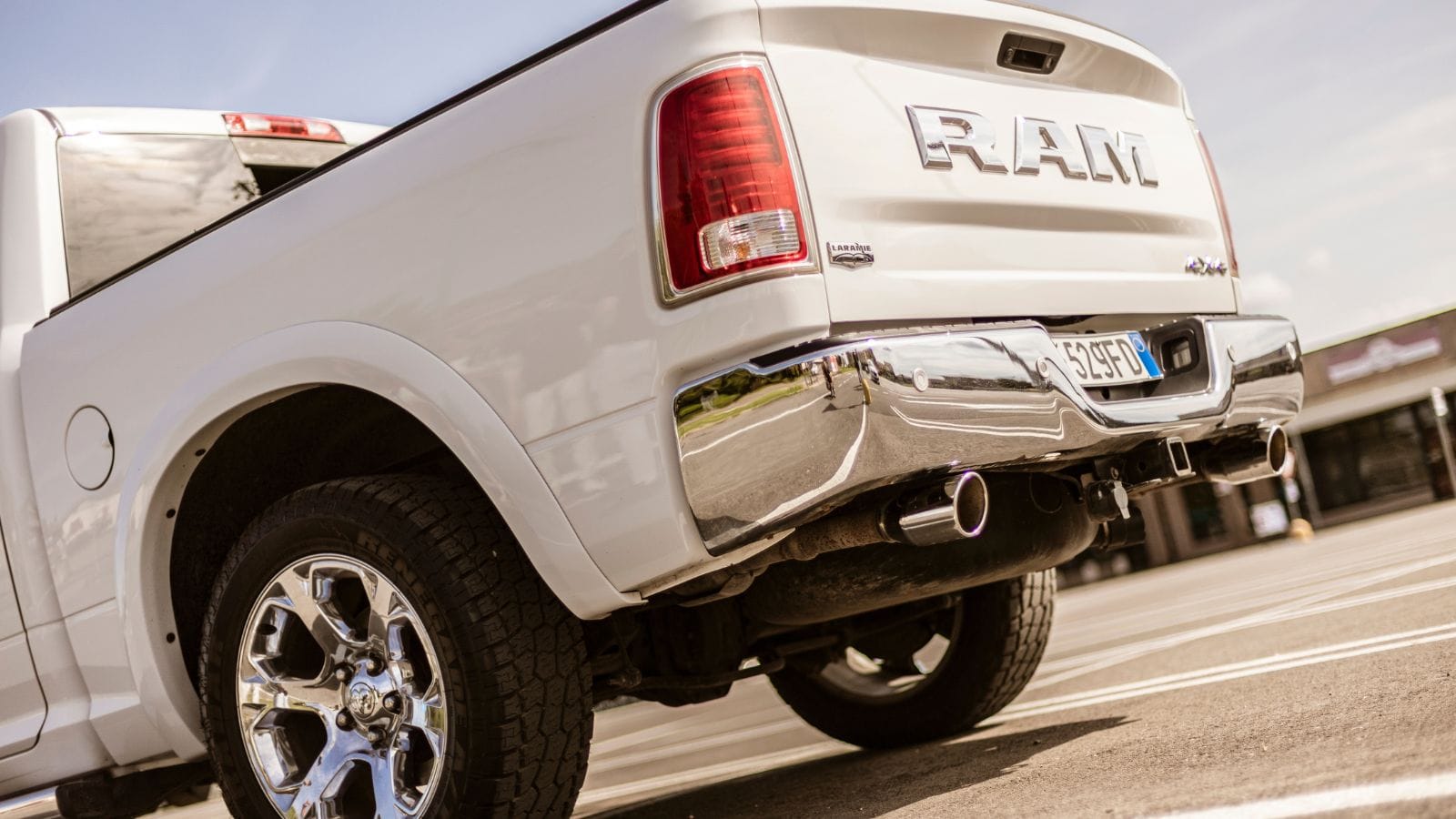
Full-size trucks, such as the Ram 1500 EcoDiesel or V8 gasoline variants, are heavily targeted in planned urban freight regulations and low-emission zones. While federal policy aims to phase out ICE sales by 2035, many Canadian cities are seeking to electrify their delivery corridors sooner. This means that existing Ram 1500 diesel or gas trucks could be blocked from accessing designated inner-city routes, especially during peak hours. Their high emissions profile and fuel consumption make them prime candidates for exclusion, and loyal truck owners may find their use in urban cores increasingly restricted unless they switch to electric or hydrogen models.
Nissan Qashqai (2025 1.3 L gas trim)
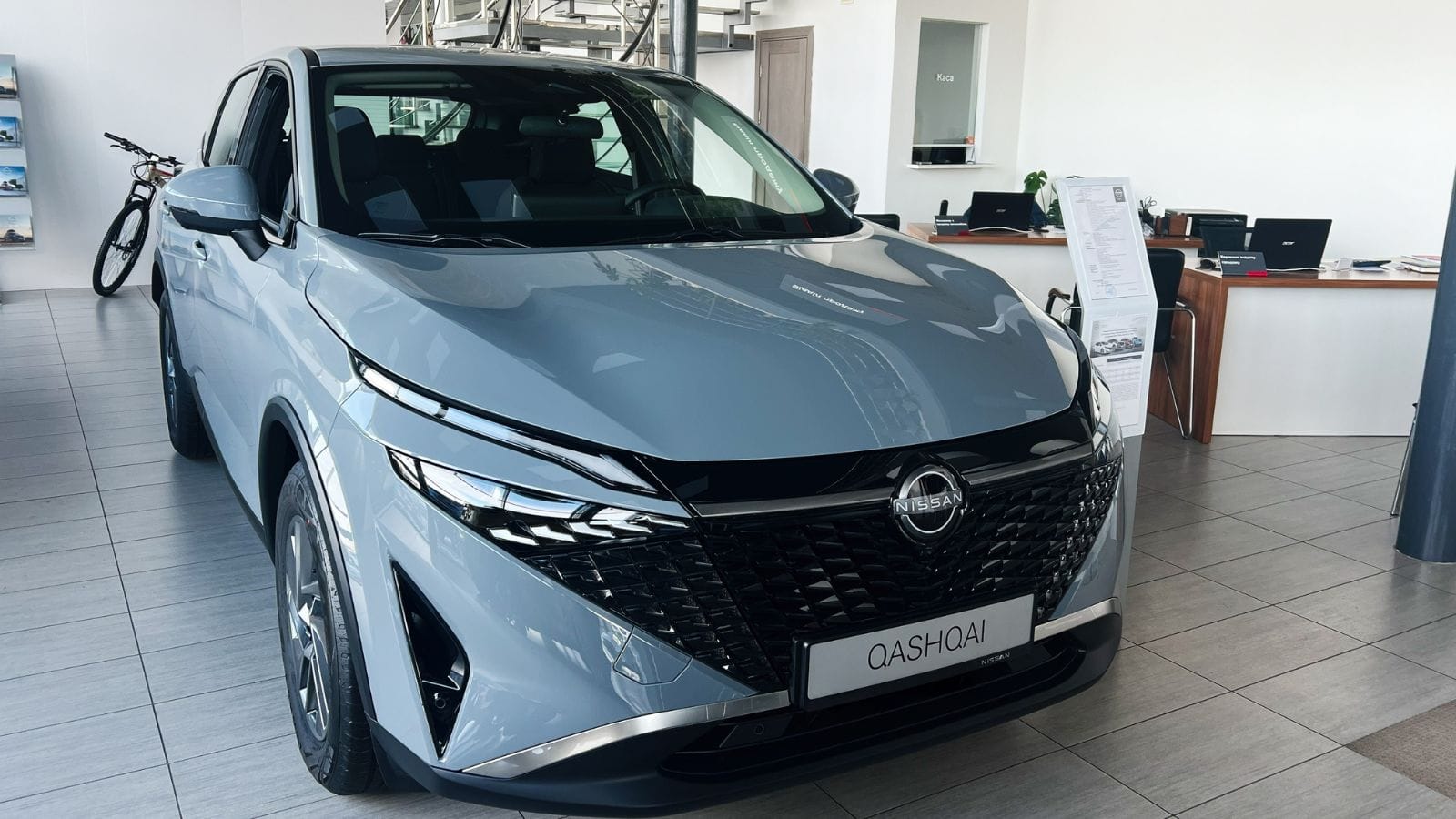
The popular crossover Nissan Qashqai in its standard gas-powered 1.3 L variant will no longer be sold in Québec after 2035 due to the province’s ban on ICE and hybrid vehicles. Major cities like Montréal and Québec City are also proposing emission-based zoning, meaning older ICE Qashqai units could lose eligibility for permit-free access to central neighborhoods. These policies aim to prioritize zero-emission vehicles only, and drivers of gas-only Qashqai models may find their access restricted or taxed, nudging the shift toward EV equivalents by mid-decade.
Hyundai Elantra (2026 gas-only trim)
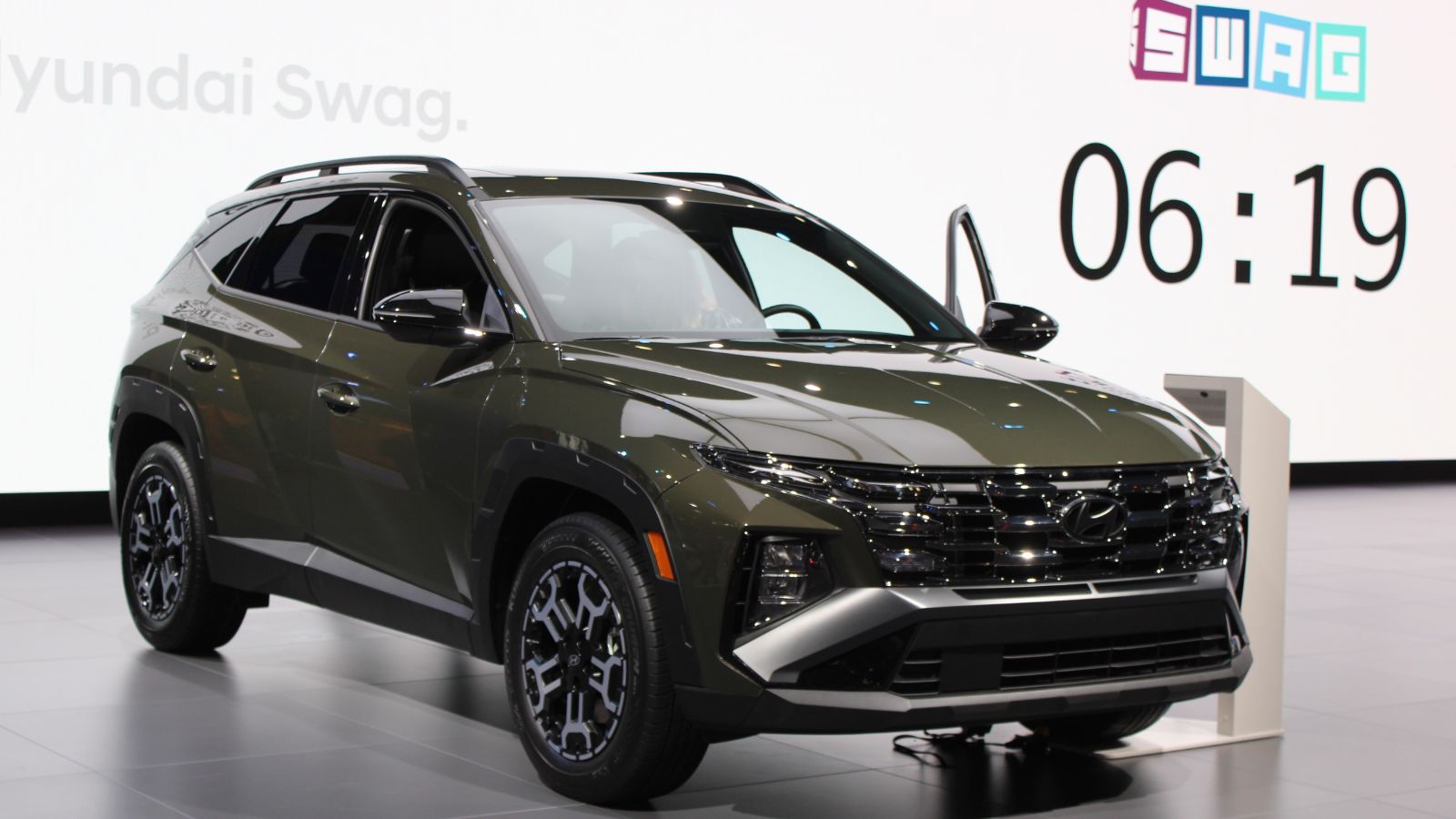
Full-ICE versions of the Hyundai Elantra, such as the gasoline-only 2.0 L trim, will be phased out of sales under Québec’s 2035 ban. Cities enforcing low-emission zones may further restrict access to Elantra ICE models, and entry into urban cores might require expensive permits or be denied without emissions certification. As a mainstream family car, the Elantra’s gasoline version is likely to be phased out of everyday city driving. This puts pressure on owners to upgrade sooner or opt for hybrid or electric versions to stay urban-access compliant.
Subaru Outback (2027 gas variant)
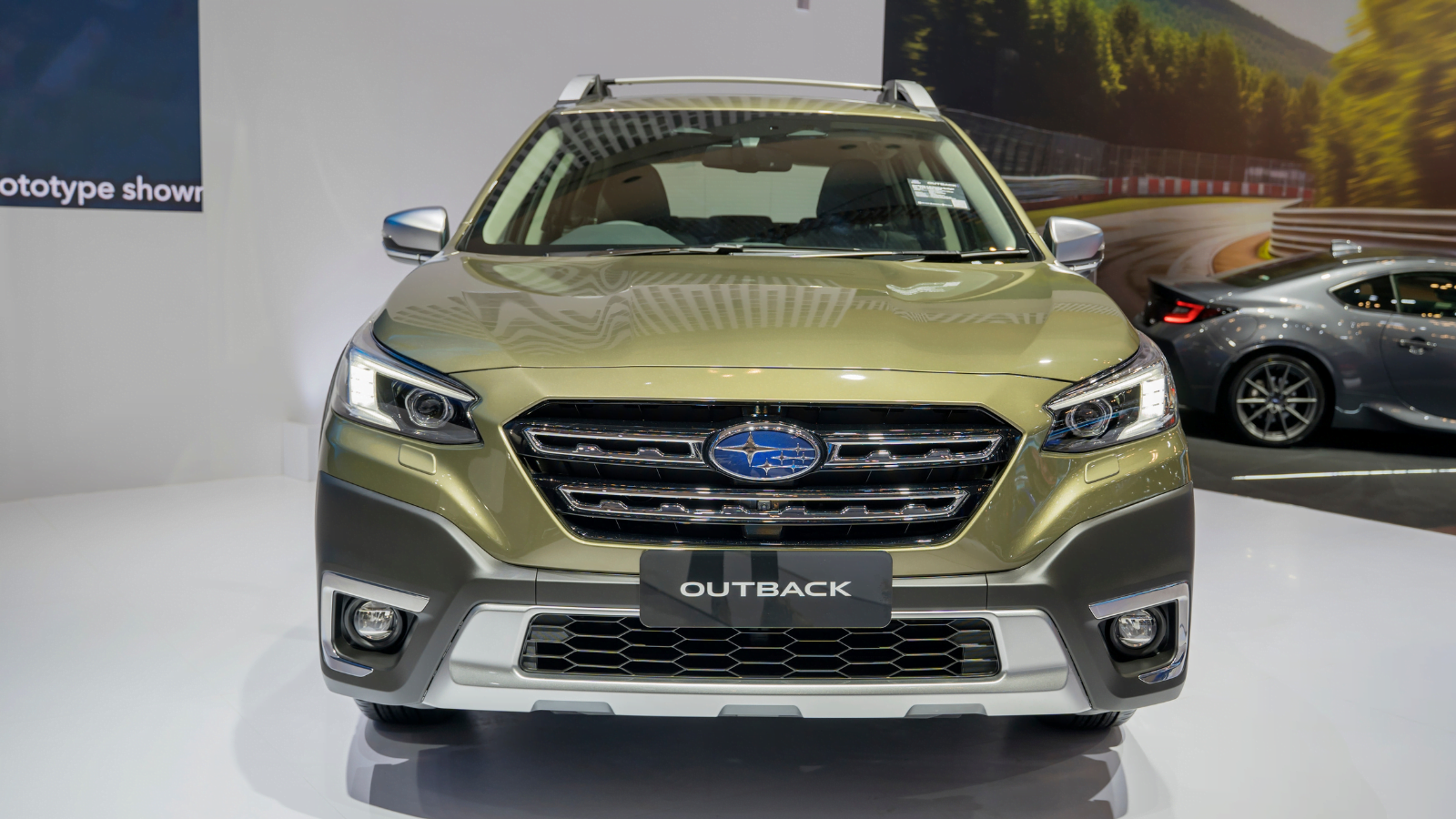
Rugged vehicles like the Subaru Outback 2.5L gas models are not exempt from new regulations. These petrol-only SUVs face both sales bans and urban restrictions. With provincial regulations banning sales by 2035 and proposed municipal low-emission zones, older Outback variants may be phased out of access in downtown areas. Their typical usage in delivery or commute contexts will become incompatible with emissions limits, and without transitioning to alternative hybrid or EV platforms, drivers of gas Outbacks may face mobility challenges in cities planning corridor-level restrictions.
Mazda CX‑5 (2027 2.5 L gasoline trim)
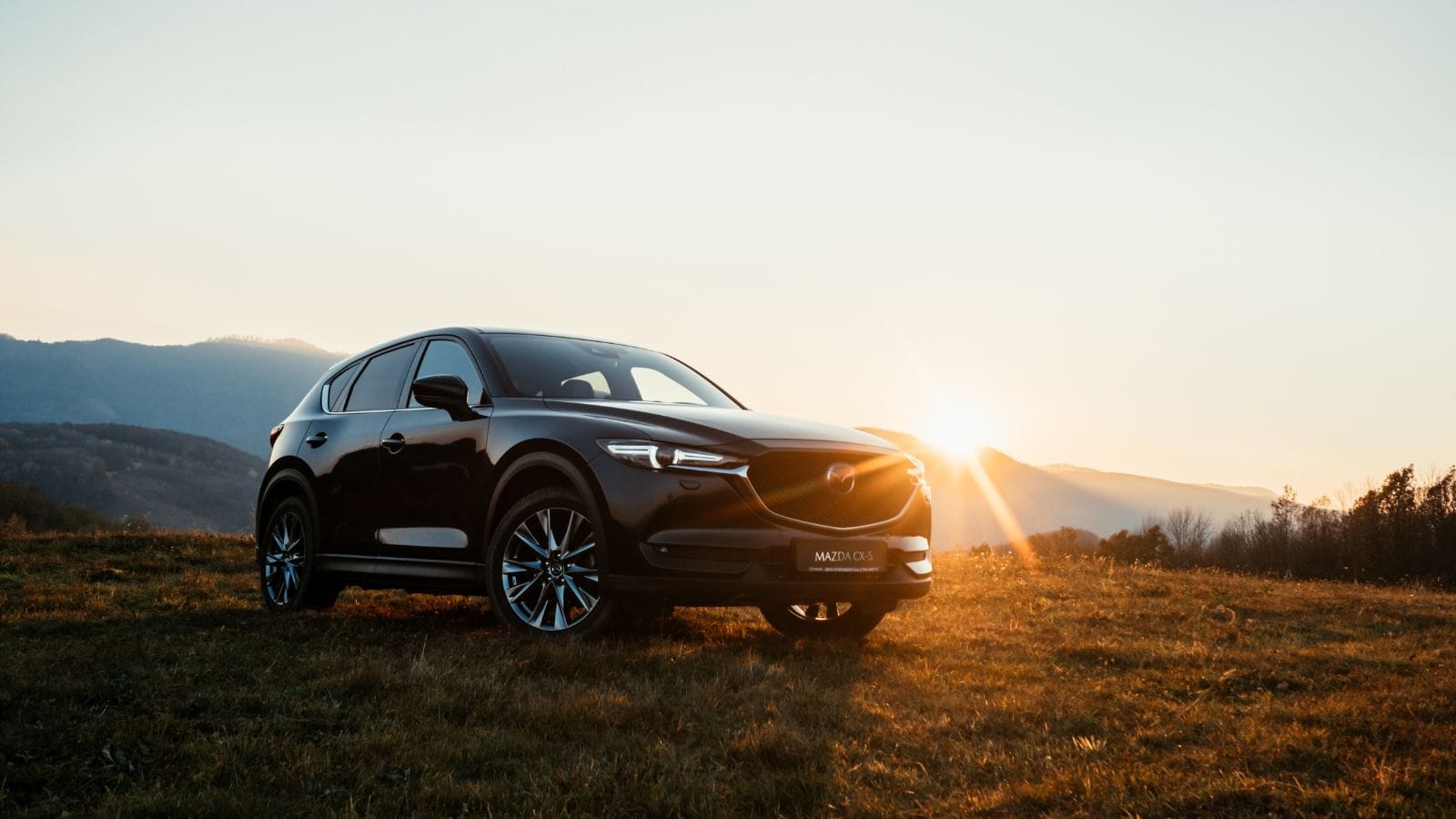
The gas-powered Mazda CX‑5 2.5 L will also lose new sales eligibility under Canada’s and Québec’s timelines. Urban emission control zones may also restrict access to older models lacking ZEV credentials, while drivers using CX-5 ICE variants for parking permits or downtown business will find access increasingly limited. As cities accelerate EV conversions for ride-share or delivery uses, fuel-based CX‑5 units could eventually be excluded from central districts. Drivers may need to switch to a hybrid or electric model, or face restricted city mobility after 2030.
BMW 330i (2025 gas sedan)
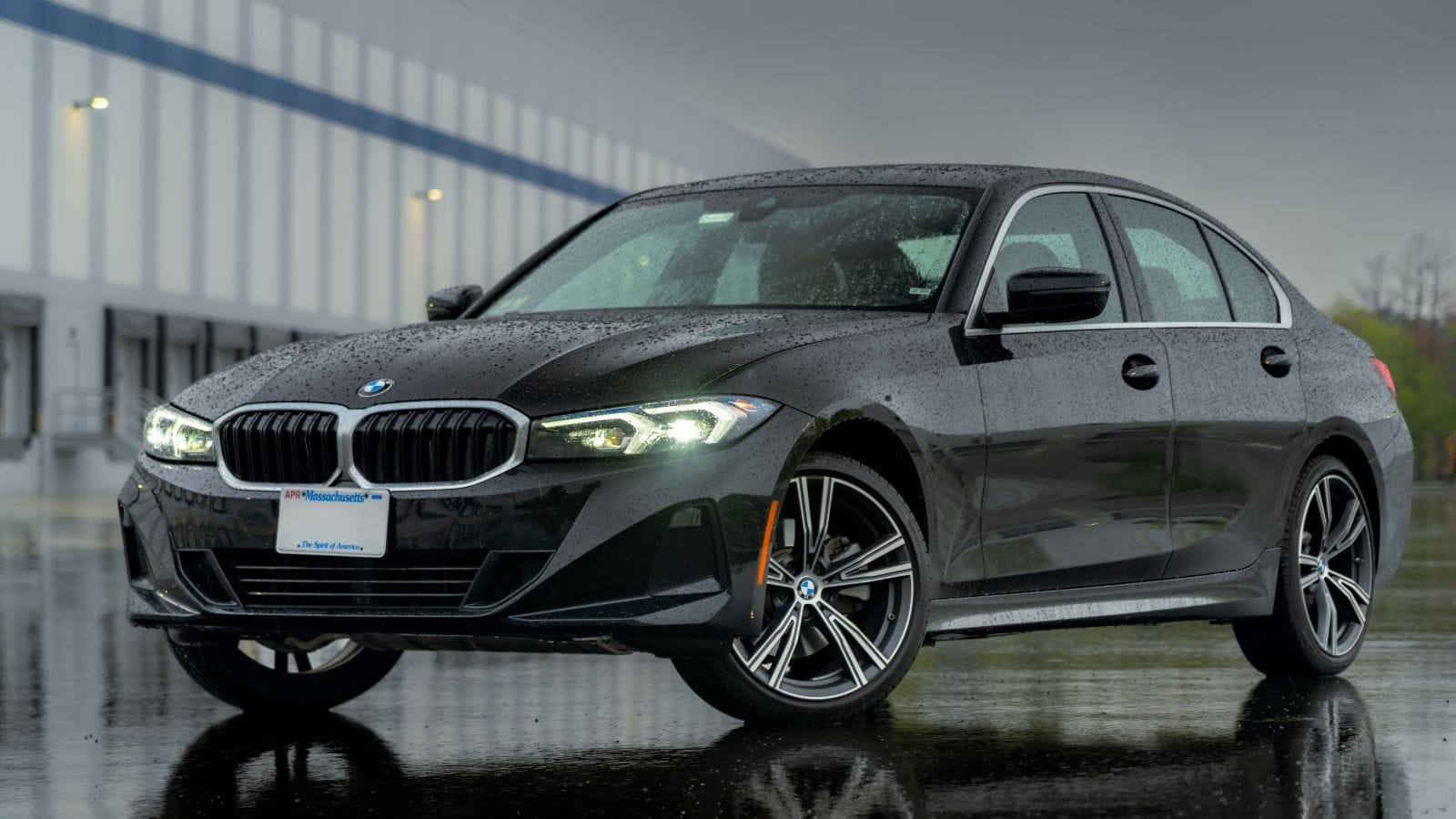
Luxury sedans like the BMW 330i, powered by pure gasoline engines, are subject to both provincial sales bans and urban emissions zone restrictions. Although not a widespread public transit vehicle, high-end owners may be impacted by inner-city bans, especially where ZEV-only access is enforced through permit systems. The 330i’s emissions output and lack of electric range will increasingly conflict with urban air quality goals, and even prestigious models could be effectively banned from core business districts unless replaced with fully electric BMW EQ variants.
Mercedes-Benz C 300 (2025 gas-only variant)
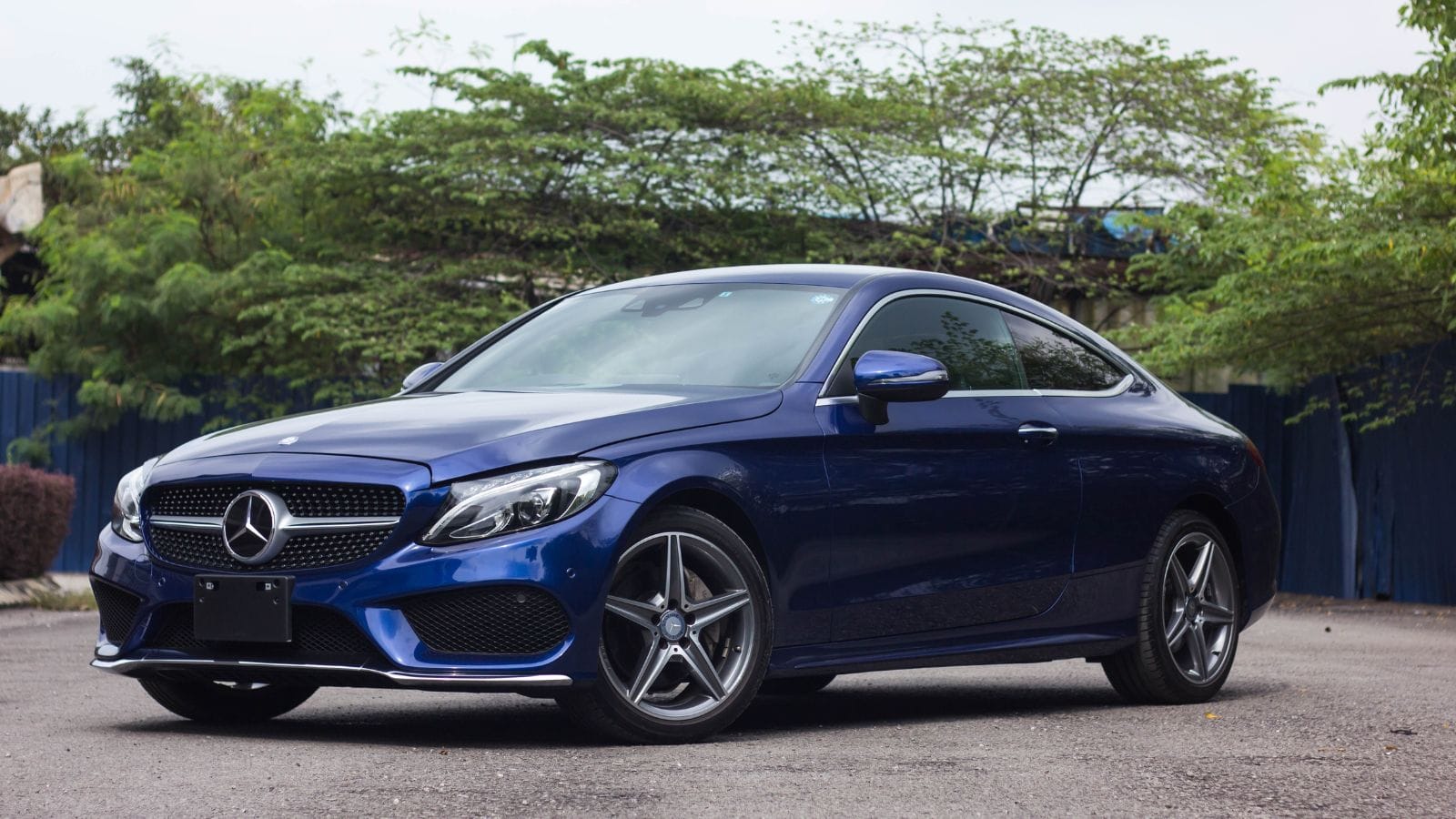
The Mercedes-Benz C 300, which does not feature a PHEV or EV powertrain, will lose sales eligibility by 2035 and may be excluded from restricted zones in major cities. Ride-hail licensing that only allows ZEV-approved vehicles could further prevent gas-only C-Class models from operating professionally or entering emission-controlled districts. Mercedes’ ICE-only editions will become less practical for urban use unless drivers switch to fully electric alternatives, such as the EQC.
Toyota RAV4 Hybrid (pre-2032 models)
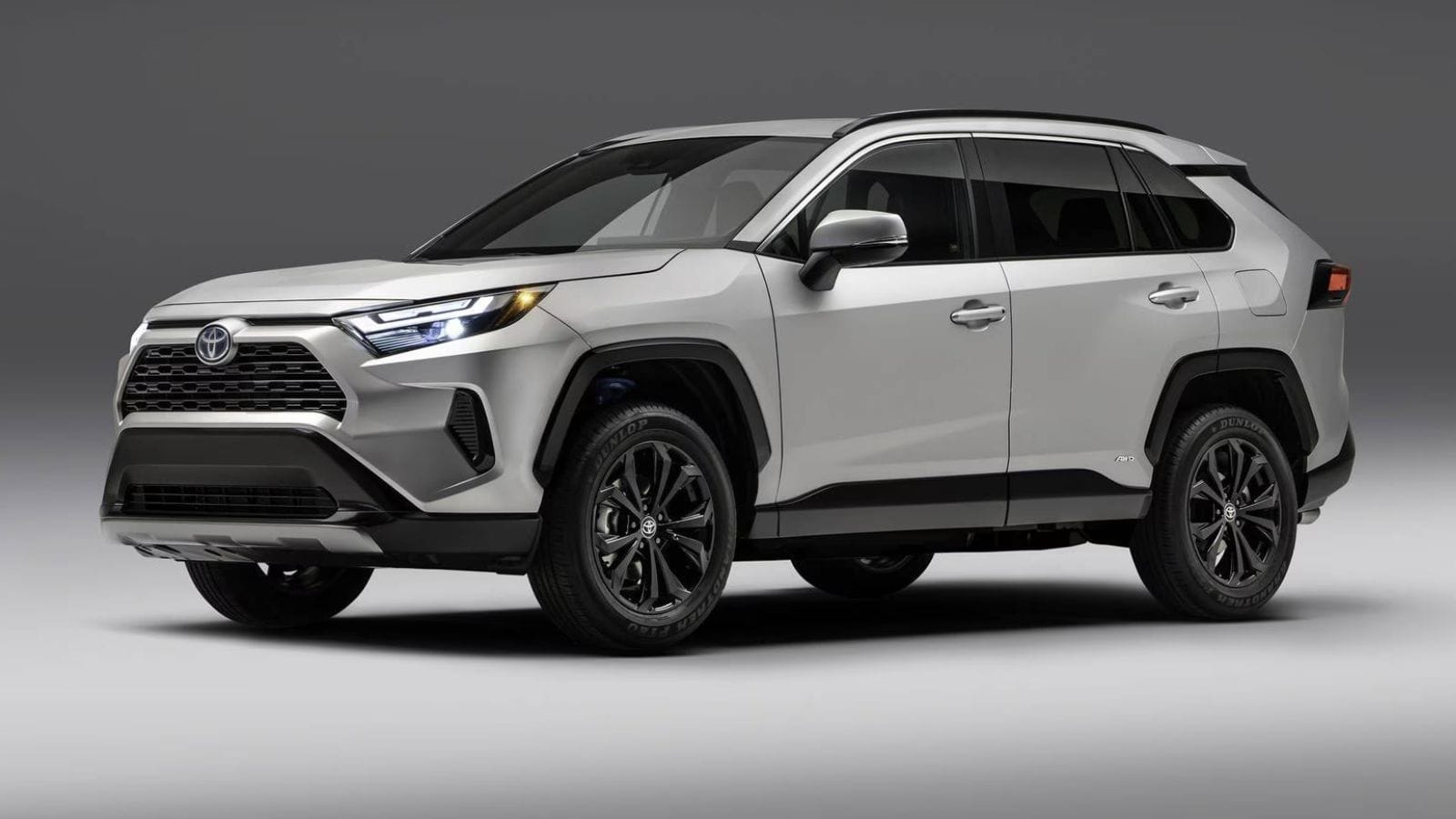
Toyota’s RAV4 Hybrid, though greener than its gas version, faces urban restrictions too. Toronto’s ride-hail policy will only allow plug-in hybrids until the end of 2032, after which only fully battery-electric vehicles will be permitted to operate. That likely applies to urban low-emission zones in other Canadian cities as well. So, even HEV versions of the RAV4 may lose eligibility for ride-sharing and city-center driving. Drivers relying on hybrid RAV4s may need to upgrade to RAV4 Prime or other BEVs for unrestricted future access.
Chrysler Pacifica (non-PHEV Touring model)

The ICE-only Chrysler Pacifica Touring minivan is unlikely to meet future ride-hail and urban access standards. As city policies favor plug-in or battery-electric vans for school zones, family transport lanes, or drop-off corridors, non-PHEV Ministry units will be restricted, and even general use within city cores may require transition to PHEV variants, which deliver higher ZEV credits. Minivan drivers may need to switch to electric Pacifica Hybrid models to maintain unrestricted mobility in urban areas that prioritize cleaner transportation.
Lexus RX350 (gas variant)
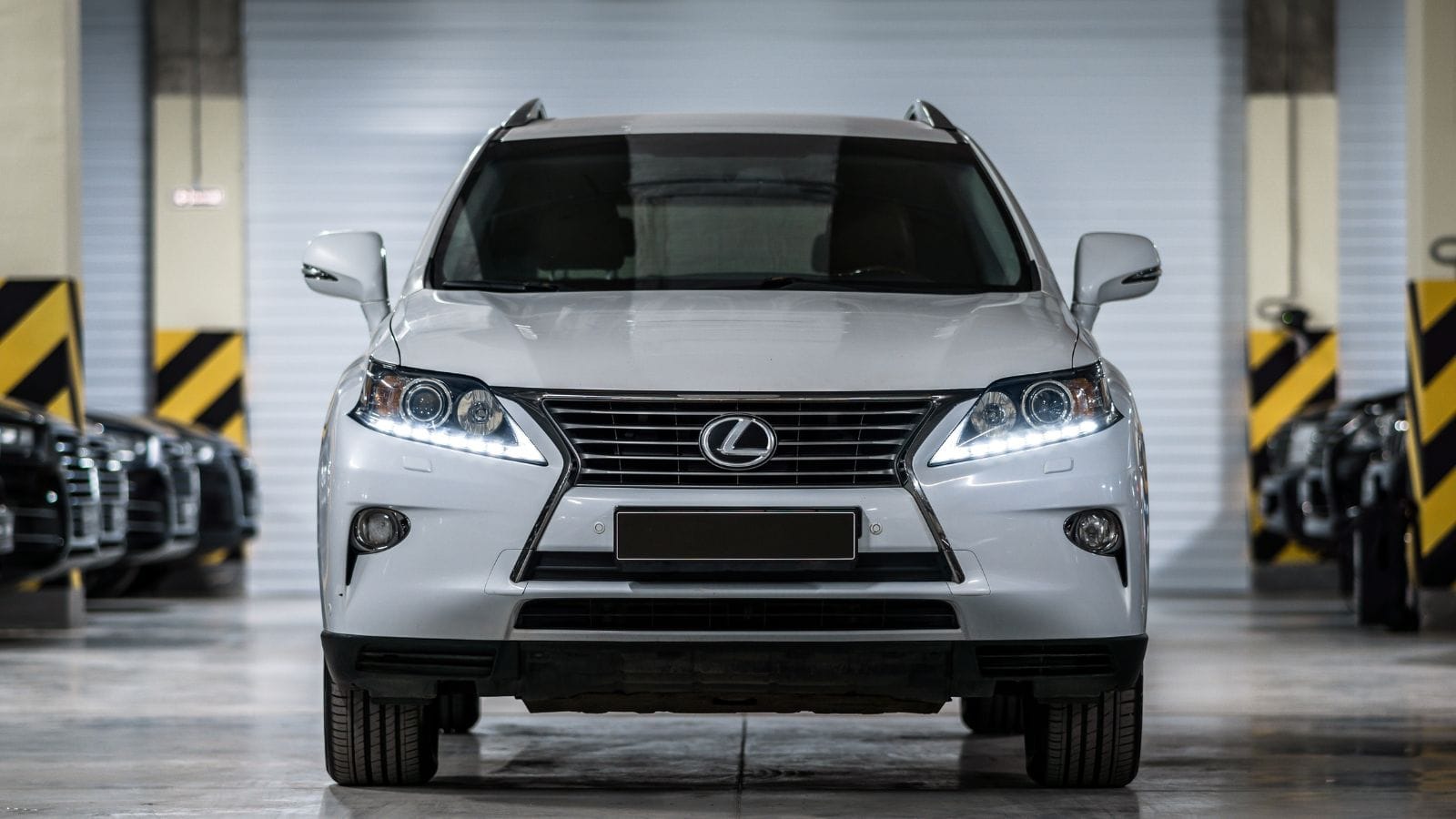
Luxury SUVs like the Lexus RX 350, with gas-only trims, are increasingly out of step with urban policy trends. Cities may restrict such models from corporate fleet zones or hospitality districts that require ZEV-only rosters for parking permits or permit-free streets. Its high emissions and lack of electric power mean that, without a transition to plug-in variants, such as the RX 450h+, these models might gradually lose legitimacy in urban-use contexts well before provincial bans take full effect.
Ford Escape (2027 gasoline variant)
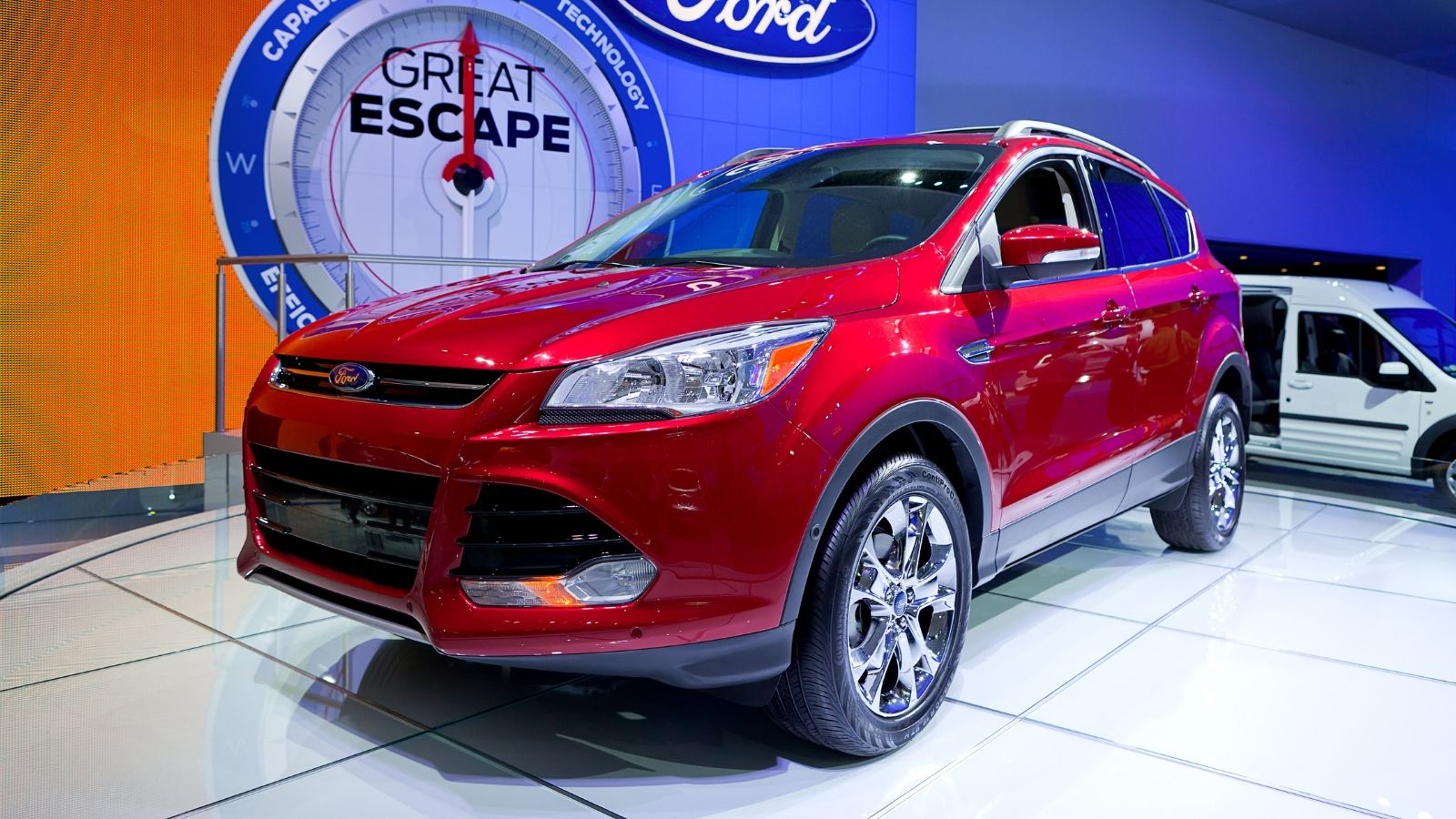
Non-hybrid, non-plug-in Ford Escape models will be ineligible for sale after 2035 and may be barred from emission-controlled zones. Given its popularity among commuters and ride-hail users, ICE Escape vehicles may face permit surcharges or limited access within city cores. Owners will need to transition to Escape PHEV or Mach-E variants to remain compliant with pending restrictions, particularly in Toronto and Montréal zones, which aim to target a cleaner fleet and improve commuter access.
Volkswagen Tiguan (gas-only Trendline)
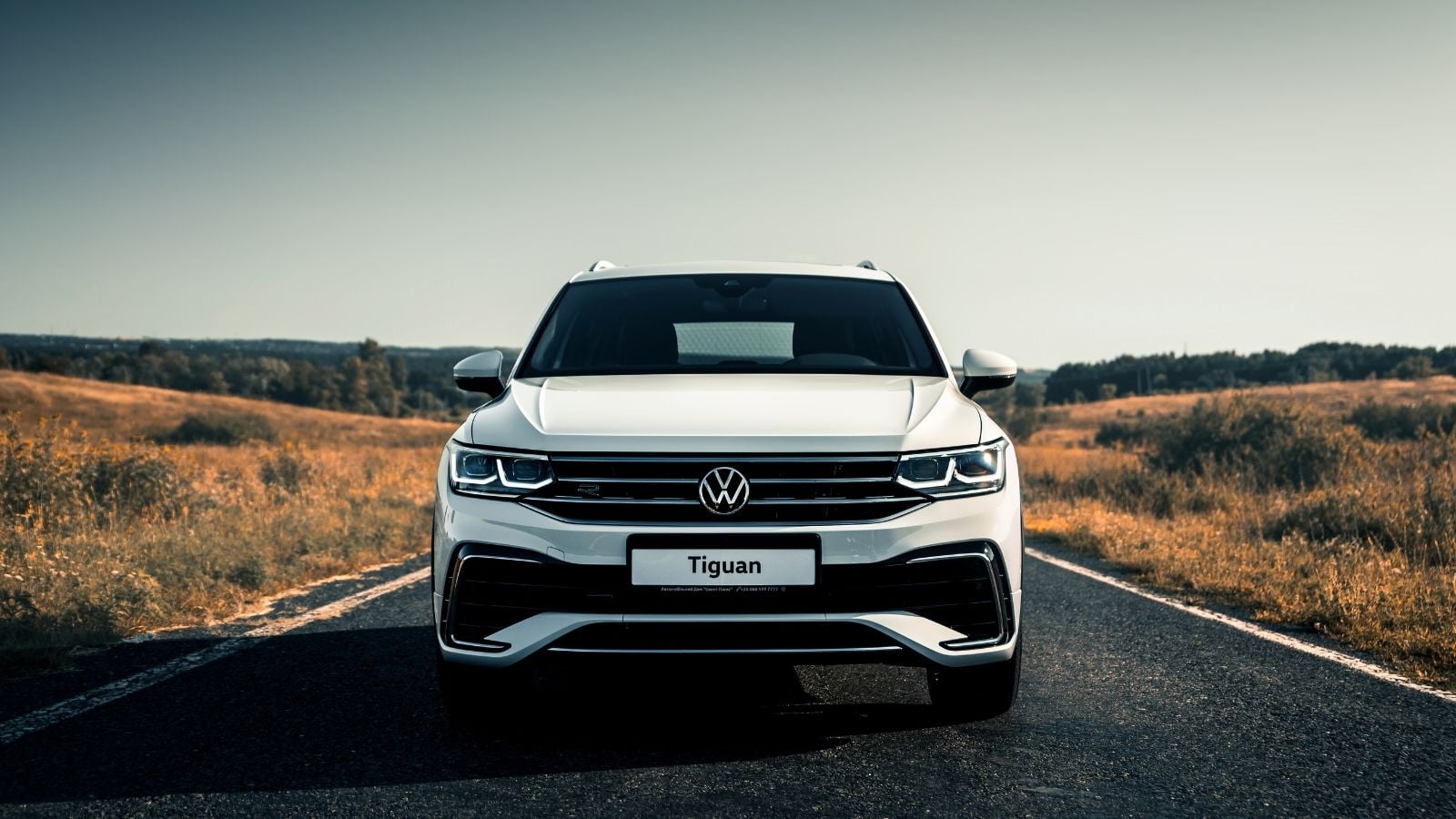
The VW Tiguan Trendline, equipped with a 1.4 L gasoline engine, will become unsellable after 2035 and may be restricted from emission-sensitive urban areas. Since Volkswagen is subject to Québec’s ZEV credit system, gas Tiguan variants will fail to generate credits and may be blocked from fleet or delivery access. Consumers relying on Chevy or VW compact SUVs may find the gasoline Tiguan phased out of school zones or transit corridors, prompting adoption of the Tiguan eHybrid or ID.4 EV models.
Honda CR‑V (gas-only trim)
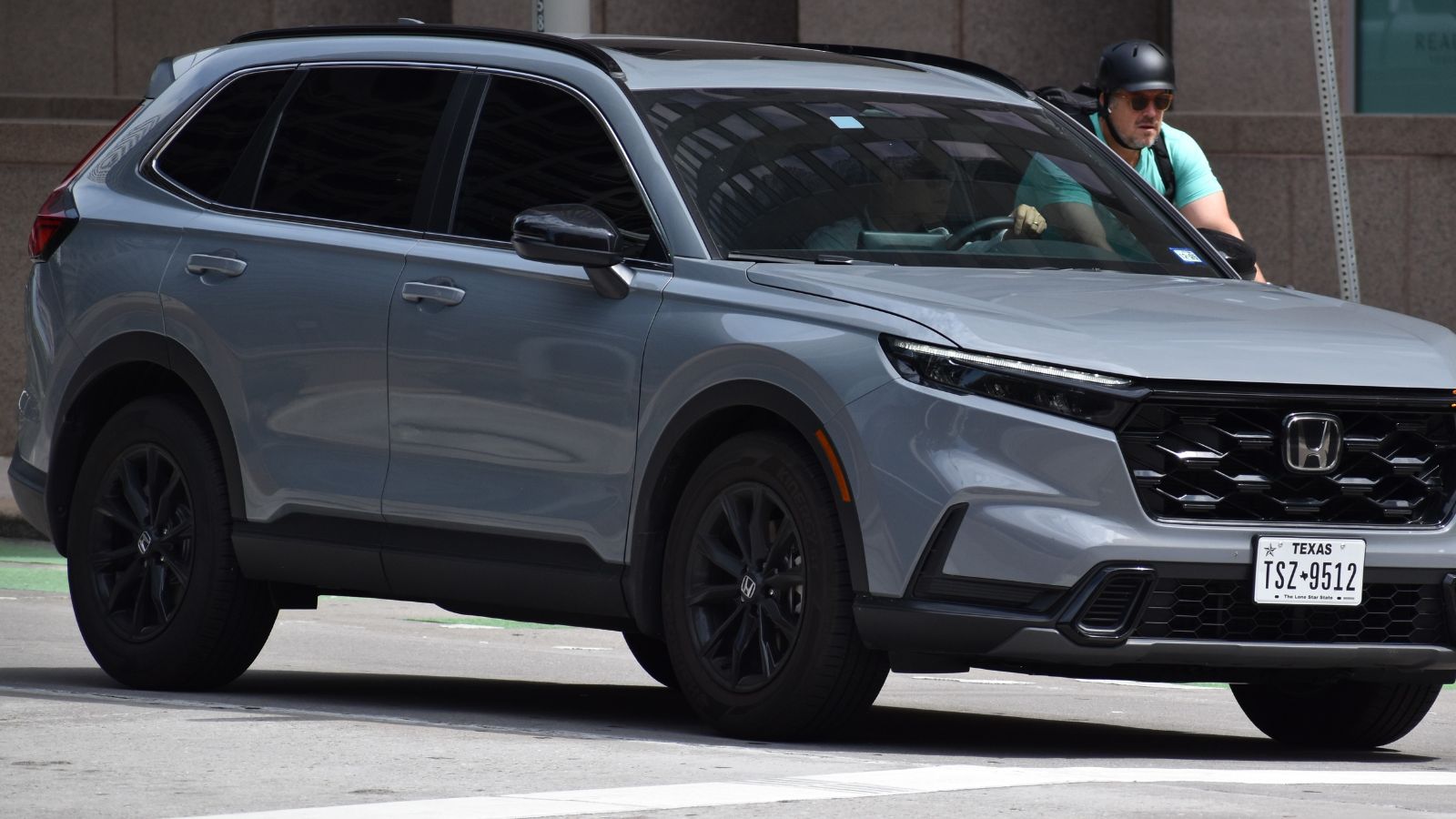
Earlier Honda CR‑V models powered solely by gasoline will face dual pressure from sales bans and urban regulations. Cities targeting low-emission vehicle fleets, such as ride-hail, logistics, and corporate cars, may exclude CR-V ICE versions from core access. Even for personal use, permit-based city zones may deny entry to high-traffic areas unless drivers upgrade to CR‑V Hybrid or future electric versions. This means that the standard CR‑V may struggle to remain urban-compliant after the mid-2030s transition.
Chevrolet Silverado (gas or diesel trim)
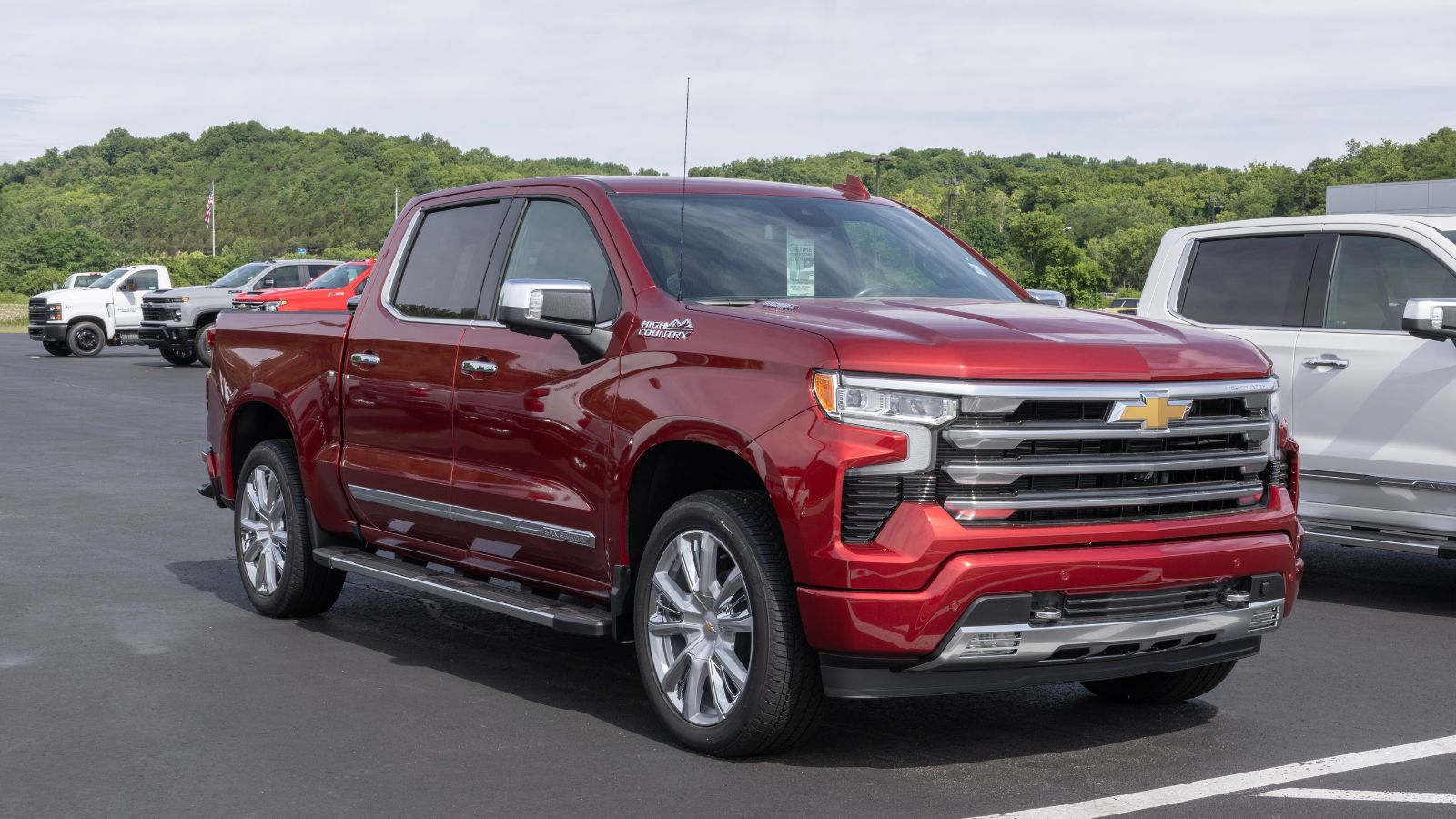
Heavy-duty pickups, such as the Chevrolet Silverado’s gas or diesel variants, are especially impacted by freight corridor electrification plans. Canadian urban logistics zones may restrict Silverado access to central routes if emission thresholds are enforced. Unlike light-duty vehicles, these trucks face early restrictions, particularly in nighttime delivery zones, where city policies aim to limit emissions and noise. This means that work-use Silverado owners will need to shift to electric trucks or routes outside restricted areas to maintain access.
Toyota Tacoma (ICE trims)

Midsize trucks such as the Toyota Tacoma ICE variants will fall under both provincial sales bans by 2035 and urban access restrictions, as cities may restrict these pickups from inner-city residential areas where emissions are under scrutiny. While Tacomas remain popular for outdoor lifestyles, users may find weekday commuting into downtown cores increasingly limited, unless they switch to electrified vans or pickup options when available.
Volvo XC90 T6 (gas-only variant)
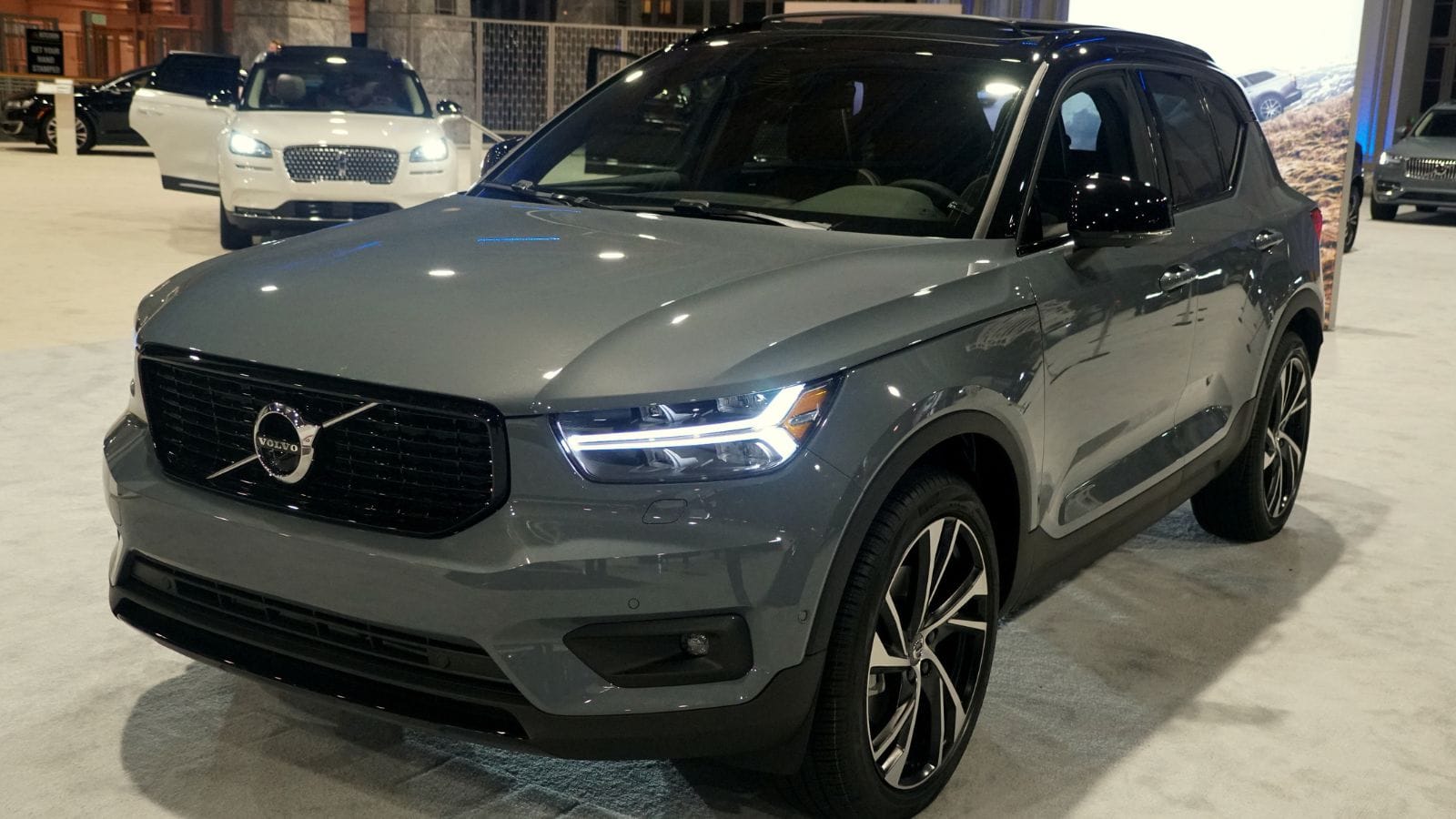
Even high-end SUVs like the Volvo XC90 T6 with its gasoline engine will lose new sales eligibility and may be excluded from urban emission-controlled zones. As Volvo pledges complete electrification by 2030, ICE models are being phased out quickly. Within cities, corporate transport lanes and fleet permit schemes may only allow EV variants, making gas-only XC90 models obsolete for urban access before 2035.
Dodge Grand Caravan (gas-only model)
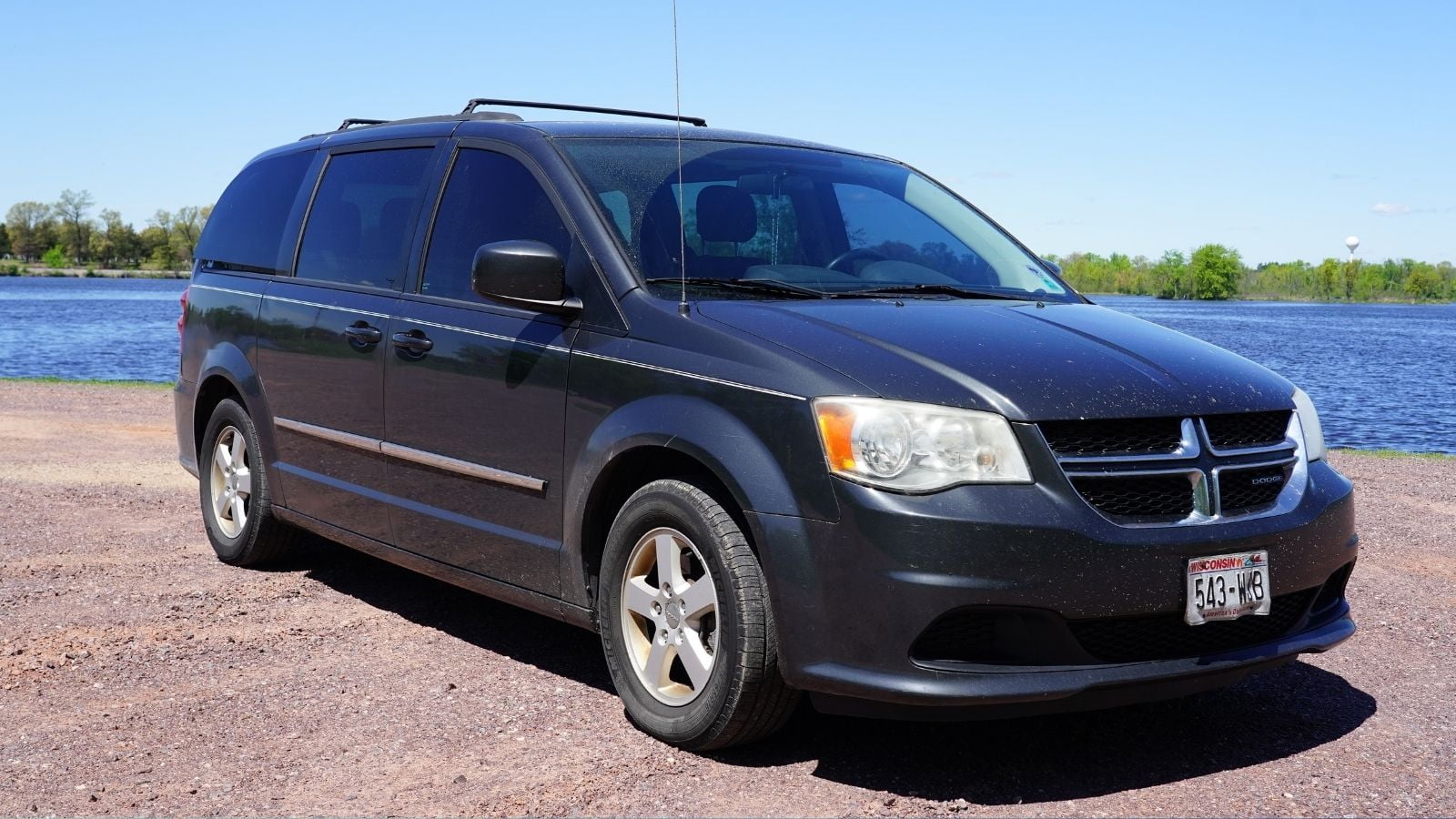
Family vans, such as the gas-only Dodge Grand Caravan, are widely used for school runs and passenger transport, but they face sales discontinuation and eventual phase-out in cities. Urban school and daycare zones may require electric shuttles or PHEV fleets, which could displace gas-only models. While existing models can still circulate until 2035 in most provinces, their access to city cores may become restricted, especially for drop-off lanes and regulated transit streets, effectively phasing out one of Canada’s longtime minivan staples.
25 Facts About Car Loans That Most Drivers Don’t Realize

Car loans are one of the most common ways people fund car purchases. Like any other kind of loan, car loans can have certain features that can be regarded as an advantage or a disadvantage to the borrower. Understanding all essential facts about car loans and how they work to ensure that you get the best deal for your financial situation is essential. Here are 25 shocking facts about car loans that most drivers don’t realize:
25 Facts About Car Loans That Most Drivers Don’t Realize
